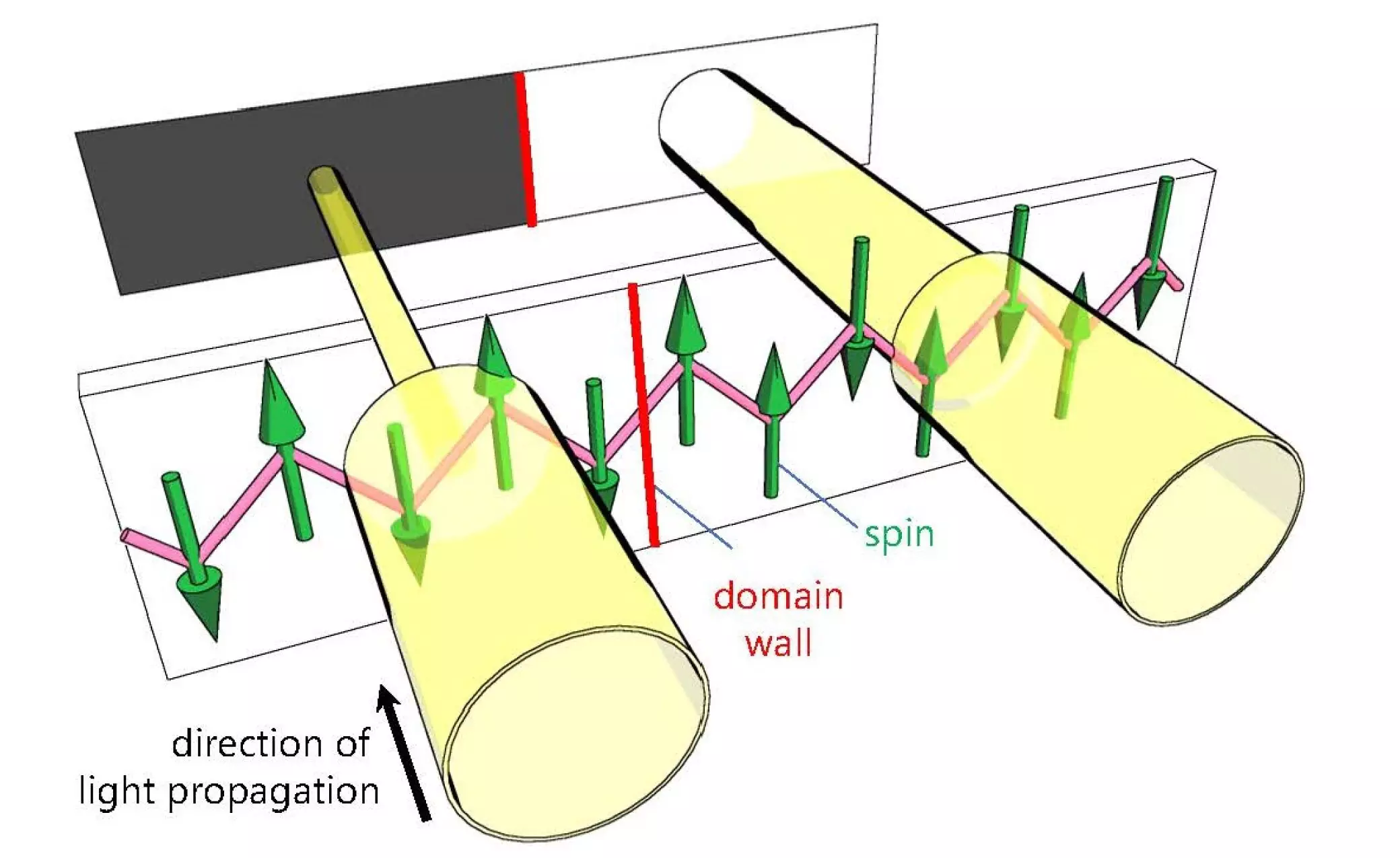In the intricate world of condensed matter physics, the phenomena of magnetism hold a special fascination. While most people encounter magnets that cling to metal surfaces daily, the subtleties of different magnetic materials often remain hidden from general understanding. Among these variations are antiferromagnets, which, unlike traditional ferromagnets, exhibit unique characteristics as the magnetic moments—essentially the spinning and aligning of atoms—cancel each other out. This intriguing characteristic allows antiferromagnets to play a pivotal role in future technological advancements, particularly in advanced electronics and memory devices.
Recent research led by experts from Osaka Metropolitan University and the University of Tokyo has provided new insights into the behavior of antiferromagnetic materials at the quantum level. Their groundbreaking study, published in the prestigious journal *Physical Review Letters*, introduces an innovative method for visualizing and manipulating magnetic domains within complex quantum systems using light.
Understanding magnetic domains—the distinct regions in materials where atomic spins align—has always been an arduous endeavor for scientists, particularly in quasi-one-dimensional quantum antiferromagnets. Kenta Kimura, the lead researcher from Osaka Metropolitan University, highlights the challenges posed by the inherently low magnetic transition temperatures and minute magnetic moments of these materials. Consequently, efficiently observing and studying these magnetic domains has remained a significant challenge for researchers in the field.
Conventional techniques have often fallen short in providing the clarity needed for such observations. However, Kimura and his team adopted a novel vantage point by exploring the properties of the quantum antiferromagnet material BaCu2Si2O7. With their keen insight, they leveraged a phenomenon known as nonreciprocal directional dichroism—a property where the absorption of light varies depending on the direction it travels, influenced by the material’s magnetic state. This approach not only allowed them to visualize the magnetic domains but also laid a foundation for understanding the underlying physics that governs these domains.
Through the optical techniques deployed in this study, researchers observed that multiple magnetic domains coexist within single crystals of BaCu2Si2O7. These domains are primarily aligned along distinct atomic chains, a characteristic feature that holds considerable promise for technological applications. The research signifies a monumental step forward, as it demonstrates that the seemingly abstract and complex properties of antiferromagnets can be effectively observed and understood through accessible methods.
Moreover, the researchers discovered an exciting interplay between electric and magnetic fields termed magnetoelectric coupling—the ability to move the domain walls using an applied electric field. Surprisingly, even when shifted, the domain walls retained their original direction, highlighting an inherent stability amidst external manipulation. Kimura envisions a future where this method could enable real-time monitoring of moving domain walls, providing researchers unprecedented control over magnetic materials.
The implications of this study are far-reaching. The pioneering optical microscopy methods utilized can potentially lead to significant advancements in various quantum materials beyond BaCu2Si2O7. By further exploring quasi-one-dimensional quantum antiferromagnets, researchers could gain deeper insights into how quantum fluctuations impact the formation and dynamics of magnetic domains.
Such insights can directly inform the design and development of next-generation electronic devices, where antiferromagnetic materials may solve existing limitations of traditional magnetic components. As technology continues to advance, the exploration of quantum phenomena like those presented in this study is essential for creating devices that harness the unique properties of these advanced materials.
In essence, this study encapsulates a pivotal moment in the journey toward unlocking the complexities of quantum materials and their behavior. The optical visualization method utilized in this research emerges as a beacon for future explorations, suggesting that the enigmatic world of magnetic domains is more accessible than ever before. With renewed enthusiasm, scientists can now probe deeper into the realms of quantum mechanics and explore the vast potential of antiferromagnetic materials, ultimately paving the way for innovative technological breakthroughs that lie on the horizon.



Leave a Reply